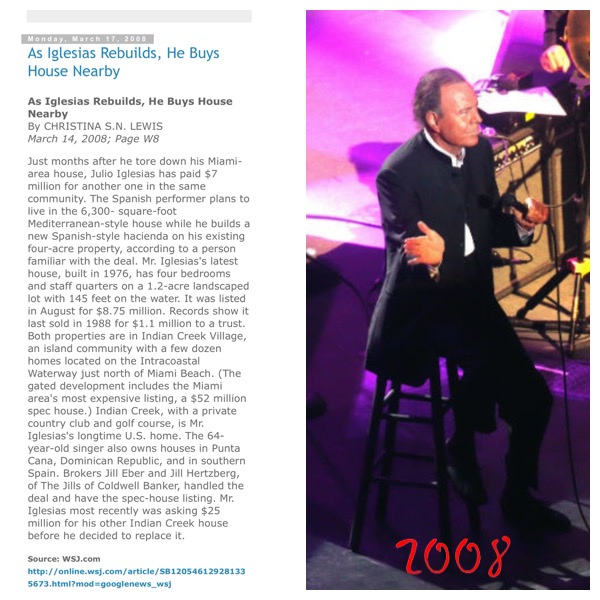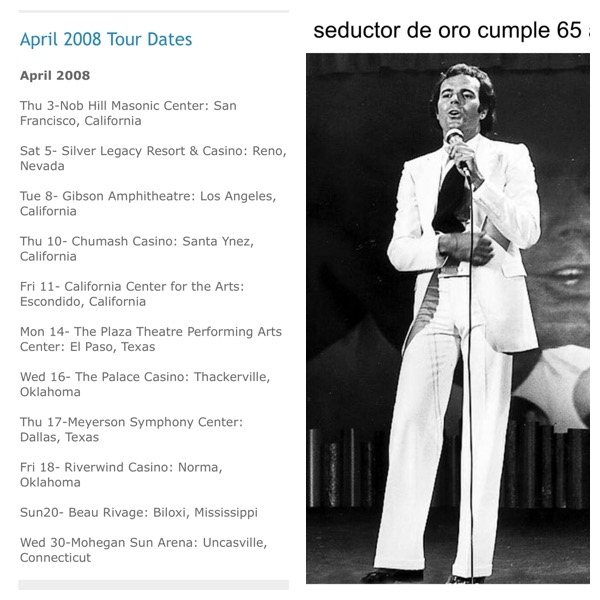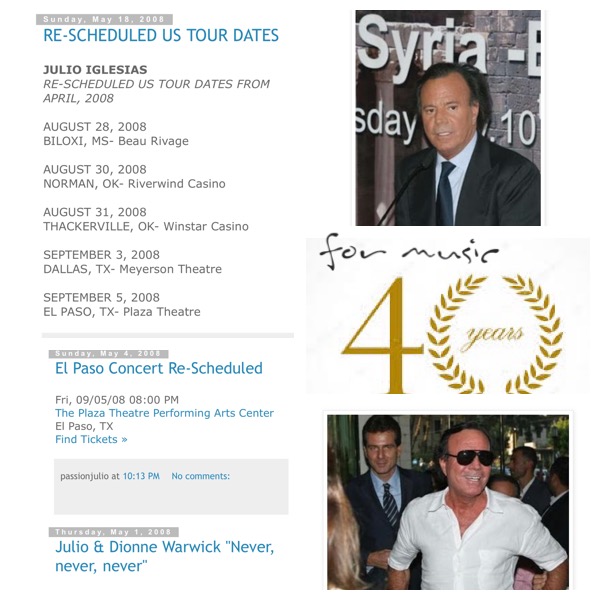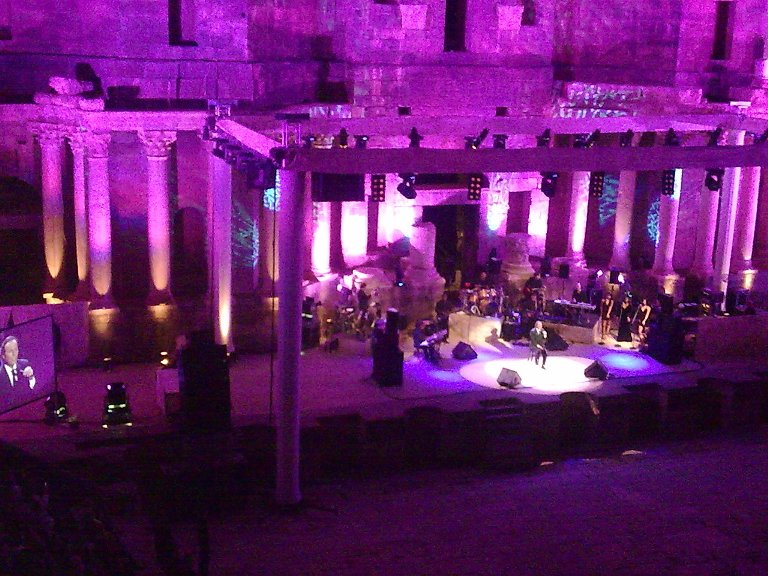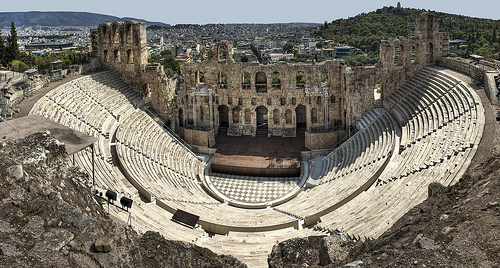Julio Iglesias celebrates 40 years of music with a world tour August 21, 2008
Successful reunion of Julio Iglesias with his Andalusian fans August 21, 2008
ianuarie 24, 2019Julio Iglesias turns 65 September 23, 2008 By: Agencia EFE Miami, Daily „La Opinión de Tenerife”
ianuarie 24, 2019Julio Iglesias celebrates 40 years of music with a world tour
August 21, 2008
Julio Iglesias is in the full season of the summer tour of Spain, which is scheduled for six concerts in August: Estepona, Calella de Palafrugell (2), Benidorm, Puerto de Santa Maria and Santa Cruz de Tenerife.
The action is part of the 2008 World Tour, which took place during the 40 years of music and started in South Africa in January.
Meeting with the public and the incursion he made in the jungle of South Africa, where he could enjoy the beauty of nature, made Julio conquer South Africa with his art, but South Africa also conquered Julio with his spectacular landscapes and experiences.
Similarly, Julio received from the director of Sony BMG South Africa, a platinum disc to sell 1 million copies of the album „Romantic Classics”.
In February and March, Julio’s appointment with the Spanish American publisher he gave, among other things, 10 concerts in the big cities of Brazil, where July is the foreign singer who has sold more albums ever.
The newspaper Folha de Sao Paulo in his article „Julio Iglesias provokes agitation in Brazil,” which describes the performance of the Spanish singer in São Paulo as an artist who, apart from his repertoire, plays other subjects that make today a genuine world icon
His trip to this beautiful country gave him the opportunity to enter the Amazon jungle, the world’s largest tropical rainforest.
There, the locals received it in style on a beautiful beach on the banks of the Negro River, with typical music and dances.
July continued the tour of the United States of America, Turkey, several countries of Eastern Europe and the Central and Central Russia.
In Russia, he gave four concerts and took advantage of his moments of rest to go around the cities and discover his cultural attractions.
In July, the artist appeared in front of a devoted public in the city of Bosra, Syria, one of the oldest theaters in the world (the second century), the Roman Theater, in this beautiful city. Bosra was declared a cultural patrimony of humanity by UNESCO in 1980.

